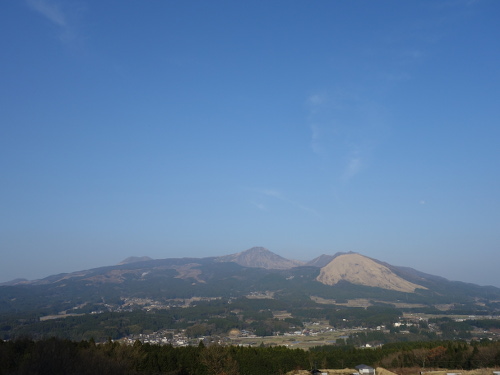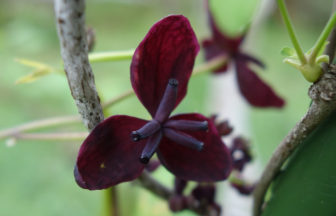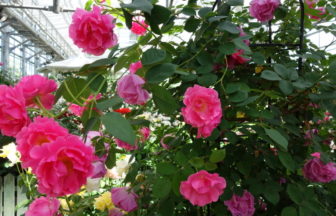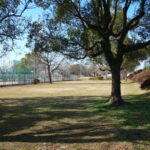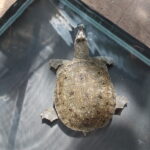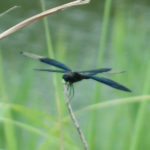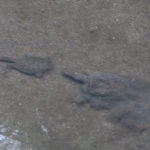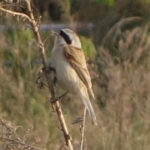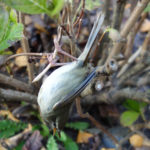| 歌舞伎 (かぶき) (ka-bu-ki) |
kabuki
Kabuki prpbably came from noh. It reached its present form in the Edo period. Kabuki is a combination of song and dance and stylized acting. The stage is elaborate and the costumes are colorful. |
| 能 (のう) (no) |
Noh
Noh is a dance and drama that started in the fourteenth century. It is based on folk myths and religion. The movements in a noh drama are stylized and controlled. The main actor usually wears a mask called a nohmen. Kyogen is a traditional short comedy drama played during the breaks between noh plays. |
| 落語 (らくご) (ra-ku-go) |
rakugo
Rakugo originated in the eighteenth century as a form of entertainment among the common people. A storyteller sits on the stage and tells jokes and funny stories. The stories usually have a witty ending. |
| 折り紙 (おりがみ) (o-ri-ga-mi) |
origami
Origami is a traditional Japanese art. Square pieces of paper are folded into various shapes such as birds, animals or flowers. They are made without using glue or scissors. Origami is now famous throughout the world. |
| 盆栽 (ぼんさい) (bon-sa-i) |
bonsai [miniature potted plant]
Bonsai is a traditional form of gardeninig. Young trees are planted in small pots. They are bound with wire to make them grow into a certain shape. The trees look like mature trees in shape, although they are very small in size. It takes many years to grow a good bonsai tree. |
| 仏教 (ぶっきょう) (buk-kyo) |
Bukkyo [Buddhism]
Bukkyo was founded in India about 2,600 years ago by Sakyamuni Gautama. It was introduced into Japan in the sixth century. The basic belief of Buddhism is that suffering is a part of life, but that one can be saved through spiritual enlightenment. |
| 神道 (しんとう) (shin-to) |
Shin-to
Shin-to is a native religion of Japan. It is based on respect for one’s ancestors and nature. It does not have a sacred book like the Bible. Basic belief of shin-to is that gods (“kami” in Japanese) exist in all things. |

